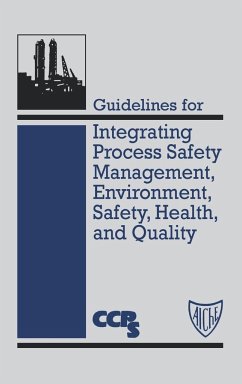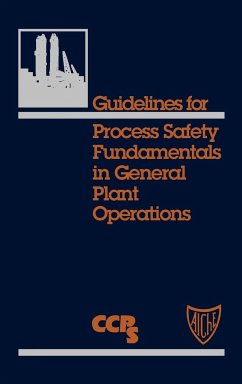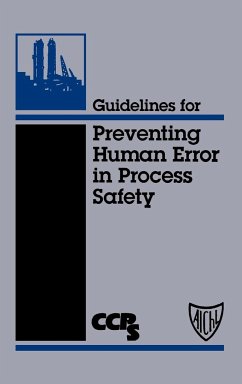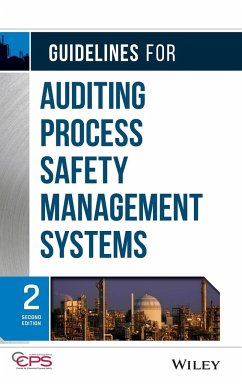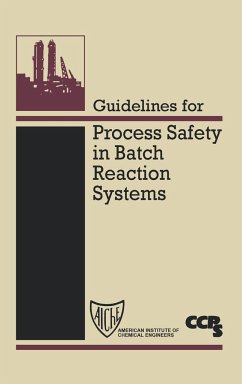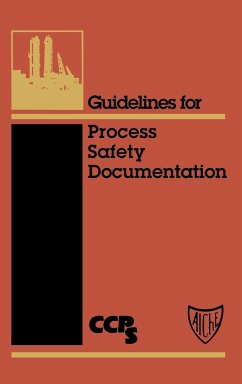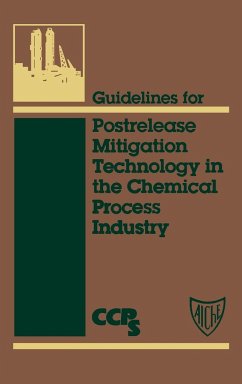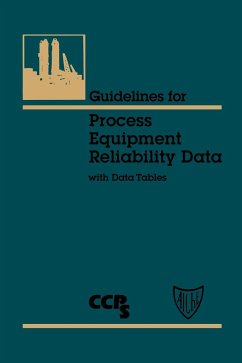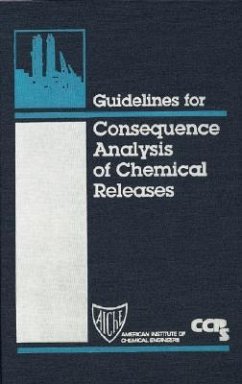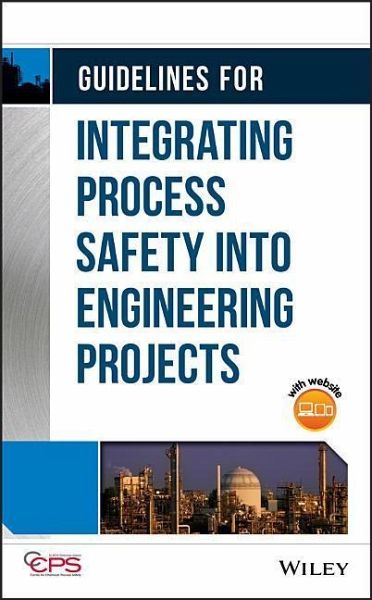
Guidelines for Integrating Process Safety Into Engineering Projects
There is much industry guidance on implementing engineering projects and a similar amount of guidance on Process Safety Management (PSM). However, there is a gap in transferring the key deliverables from the engineering group to the operations group, where PSM is implemented. This book provides the engineering and process safety deliverables for each project phase along with the impacts to the project budget, timeline and the safety and operability of the delivered equipment.





